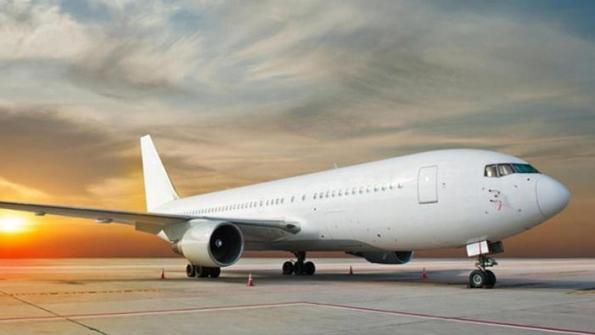
The COVID traffic and cash crash, soaring fuel prices and now the uncertainties of war and a possible U.S recession have not provided the ideal environment for investing in new technologies.
While most aviation companies agree it would be very helpful to have a distributed ledger, or blockchain, for the aftermarket in place, actually installing one requires major time resources and investment.
These are some reasons why progress toward blockchain seems to have stalled somewhat in recent years. But companies and experts are still working on the innovation.
Some believe the best prospects are for individual companies to build internal blockchains, possibly linking them up in the future. Others are working on a unified approach from the start.
Accenture managing director Craig Gottlieb argues the unified approach is very tough because of the challenges in aligning data standards, gaining cooperation of many companies, creating interoperability and satisfying many different regulations.
The alternative, such as the internal ledger Honeywell built for its GoDirect Trade offer of used parts, is seen as easier to implement and brings some immediate benefits to both Honeywell and its customers. “It delivers advantages and does not need to overcome the hurdles of creating a new ecosystem,” Gottlieb notes.
In addition, internal blockchains can develop familiarity and confidence in the distributed ledger approach.
GoDirect Trade went live in 2018 with the primary aim of creating trust among buyers and sellers of used parts. It has since then been expanded in coverage of parts, but little information is available on its future. When contacted, Honeywell said GoDirect Trade is “not a priority,” at the company.
More recently, the Triumph Group is planning to work with Aerotrax Technologies to pilot a blockchain approach to coordinating its internal systems and eventually bringing airlines into the data sharing ‘system of systems.’
GE was reported to be working on an internal blockchain several years ago, but little has been heard since. Several other major aviation OEMs were asked about their plans for developing internal Blockchains and no activity was reported.
The most visible effort toward a unified aviation aftermarket blockchain is that of the MRO Blockchain Alliance formed by SITA and a half dozen other aviation companies.
The Alliance says it has proved the Blockchain technology and is now seeking to recruit participants. As SITA is owned by major airlines, this is another indication that carriers would like an aftermarket Blockchain to happen, but there are still all those difficulties outlined by Gottlieb ahead.
Mathew Allen is director of product innovation at flydocs, a member of the MRO Blockchain Alliance. “We are still pretty active as a digital solutions provider,” Allen says.
The Alliance has so far been approaching not OEMs but mostly airlines and MROs, “because they produce a lot of data,” Allen explains. Reactions have been interested and very positive. “There has been no push-back.” But the Alliance is still in the early phases of seeking some first adopters to make the unified approach real.
Could internal company blockchains eventually be integrated or ‘federated’ into the unified approach urged by the MRO Blockchain Alliance? “That’s an interesting point, one I have raised myself,” Allen says. “There are many Blockchain start-ups, and in my opinion there will be winners and losers. It’s easy to see more than one, but they will have to talk to each other.”
And that requires, at the very least, common data standards. Allen argues that the only practical common standards are ATA’s Spec 2500 for assets and Spec 2000 for the day-to-day processing of maintenance data, such as work packages and electronic technical log data.





